By Evan Dawson, Managing Editor
Photo courtesy of Sheldrake Point Vineyard
If you're a wine lover but not a wine grower, let's start by accepting a few things: You and I don't know what the heck evapotranspiration is. We can't calculate growing-degree days offhand. We can't lecture on the impact of Mount Pinatubo's volatility.
We know this, though: Debt sucks, and having a pile of cash on hand is good.
And that, essentially, is what separates 2009 in mid-July and 2010 in mid-July.
"Last year we were in debt from the start with regards to ripening," says Morten Hallgren, owner and winemaker at Ravines Wine Cellars. "This year we have all kinds of cash in the bank."
Before we race too far ahead, and before industry folks hammer me as just another delusional writer, let's get this out of the way: September matters more than August, which matters more than July. So much could change and the vintage story is still largely unwritten.
But that does not mean that the weather we've experienced doesn't matter. Quite the contrary, it has set New York state growers up for a potentially classic year.
"Oh, it's very encouraging," Hallgren says. "It reassures us that full ripening will happen. That's what I mean when I say we have cash on hand. We're ahead of schedule early on, and if we have to spend some of that cash later in a cooler patch of weather, we can afford to. If we don't have to, then that leaves the best scenario of all: We wouldn't have to wait for the leaves to fall off before we pick. We'll control picking decisions. We can hang grapes late or we can discover full ripeness earlier than normal. That's pretty nice."
It started with bud break, which happened 10-14 days ahead of schedule this spring. That's consistent with just about all local produce, which has been arriving roughly two weeks ahead at your local farmers market.
The warmer-than-average spring has given way to a burst of early-summer heat. "If this warming trend continues, we should have very ripe reds and possibly earlier harvest of some of the whites," says Dr. Tim Martinson of the Statewide Viticulture Extension Program at Cornell University. Martinson points out that the Finger Lakes almost entirely dodges a May 10th frost that hit other parts of New York state. "The crop looks nice so far."
I couldn't help but wonder if this is the most extreme set of ripening conditions from one July to the next that the Finger Lakes has seen. Dr. Martinson explains that it's among the most extreme, but it doesn't top the list. He pointed to 1991, with an early heat wave and a very early bud break. "Then in 1992, Mount Pinatubo erupted, leading to the second or third-coolest year on record. It was like a whipsaw for the grapevines and had many consequences over the next few years." (Pinatubo is a volcano in the Philippines that killed 800 people and left worldwide consequences after its eruption.)
If it's too early to make assumptions, it's not too early to conclude that this is the perfect example of why New York state features some of the most diverse vintage-to-vintage conditions in the world. And if you doubt that wine ought to taste different year-to-year, just think back over the past half-decade in the Finger Lakes.
2005: Even, balanced ripening
2006: Cooler, with a deluge during harvest
2007: Historically hot and dry
2008: Hot summer, periodic rains brought botrytis, with cooler, even harvest
2009: Cool summer, lagging ripening, warm September brought some relief
If you're a wine geek, it's fascinating stuff. If you're a casual wine drinker, it's valuable to know the differences.
Long Island is similarly ahead of schedule in 2010. And while so much can change, just go back to April, when growers were dreading an early bud break. Why? Because an early bud break leaves buds vulnerable to frost. But that frost never came, and ripening was off and cruising.
In other words: It's nice to dream.

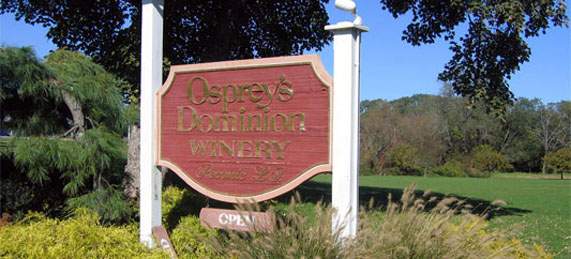
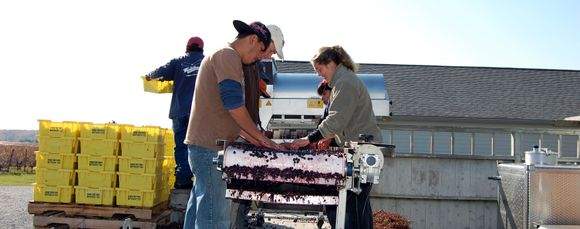
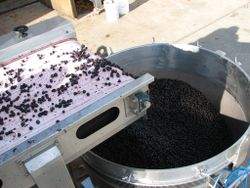
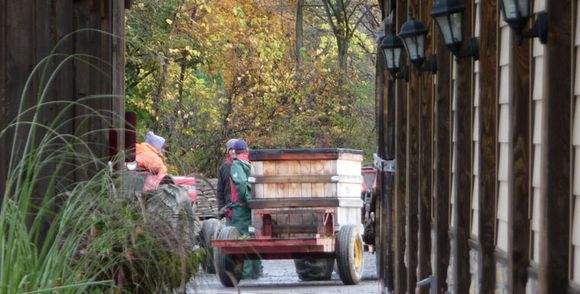
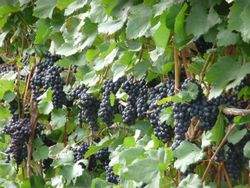
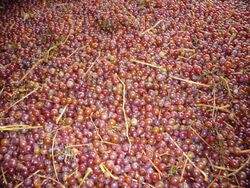
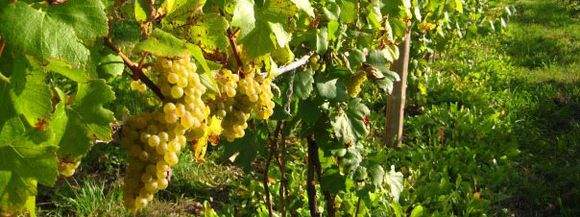
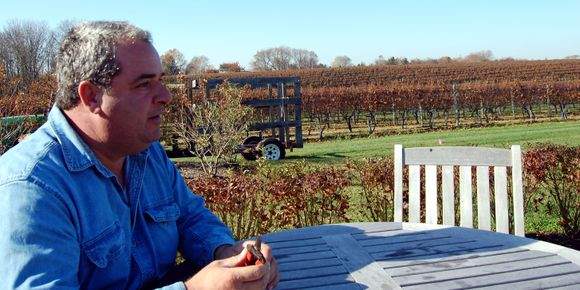

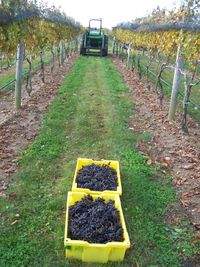
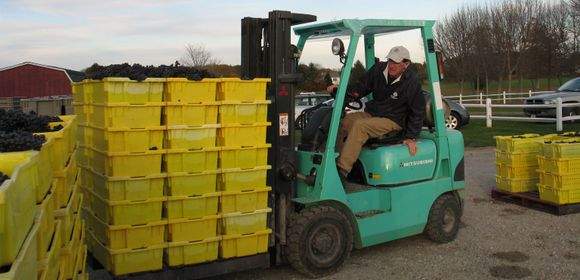
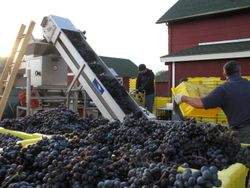
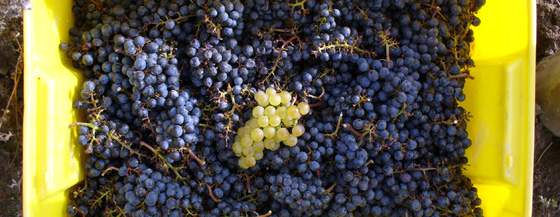
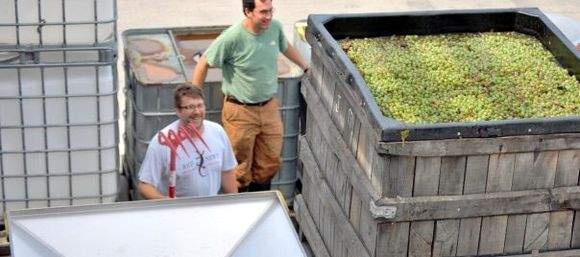

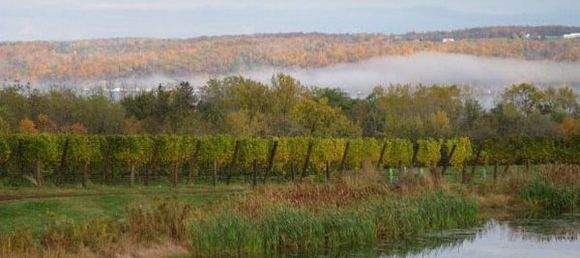
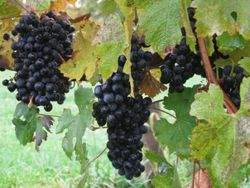
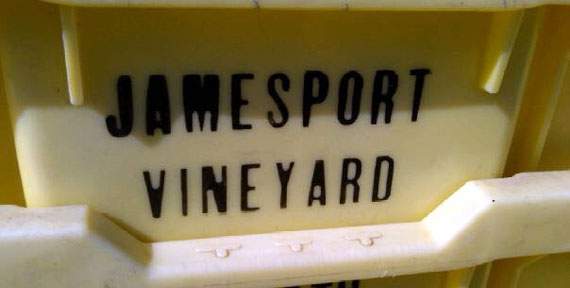
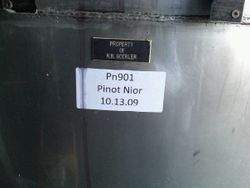
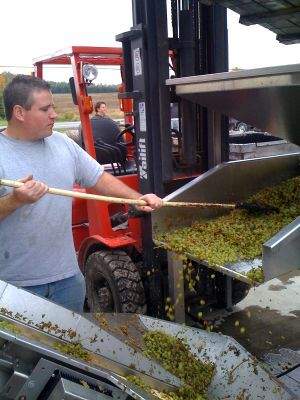
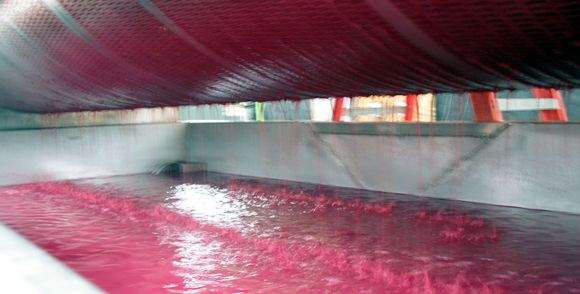
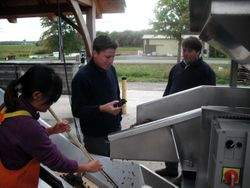
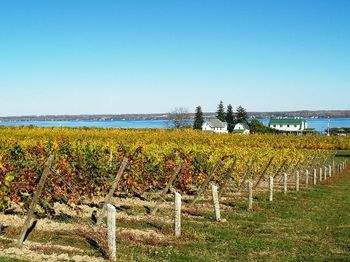
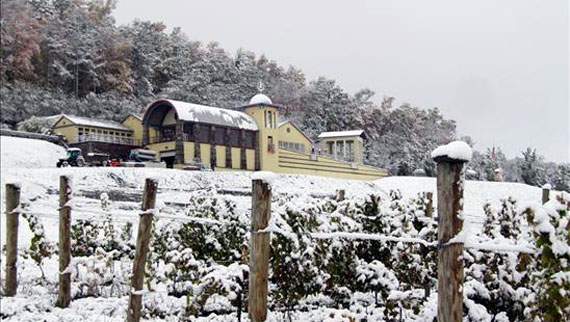
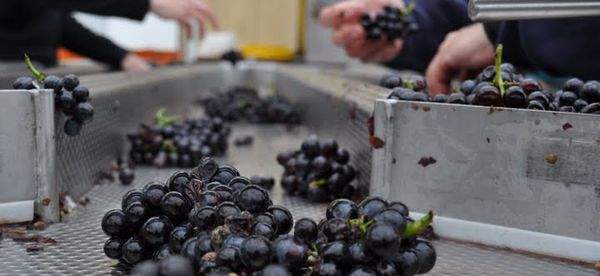
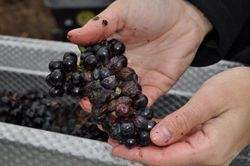
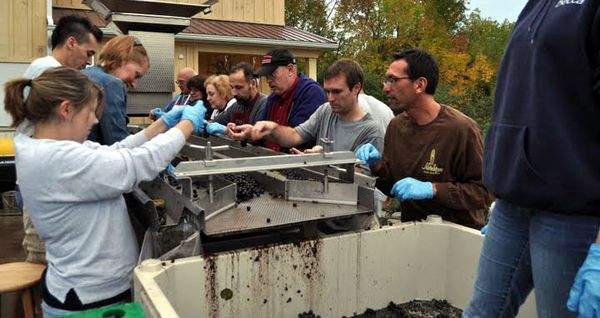
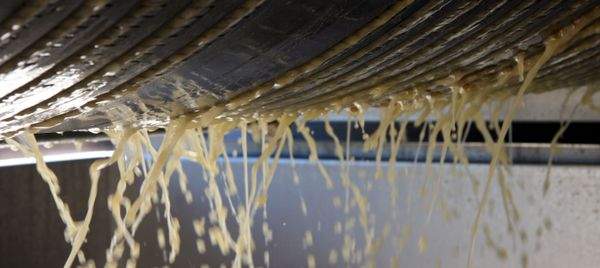
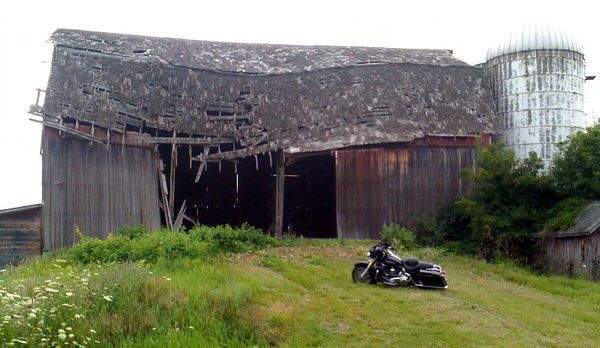
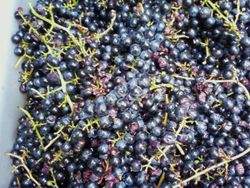

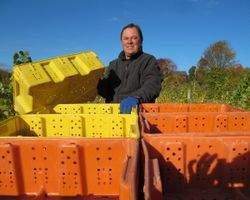

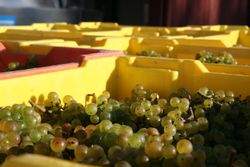



Recent Comments